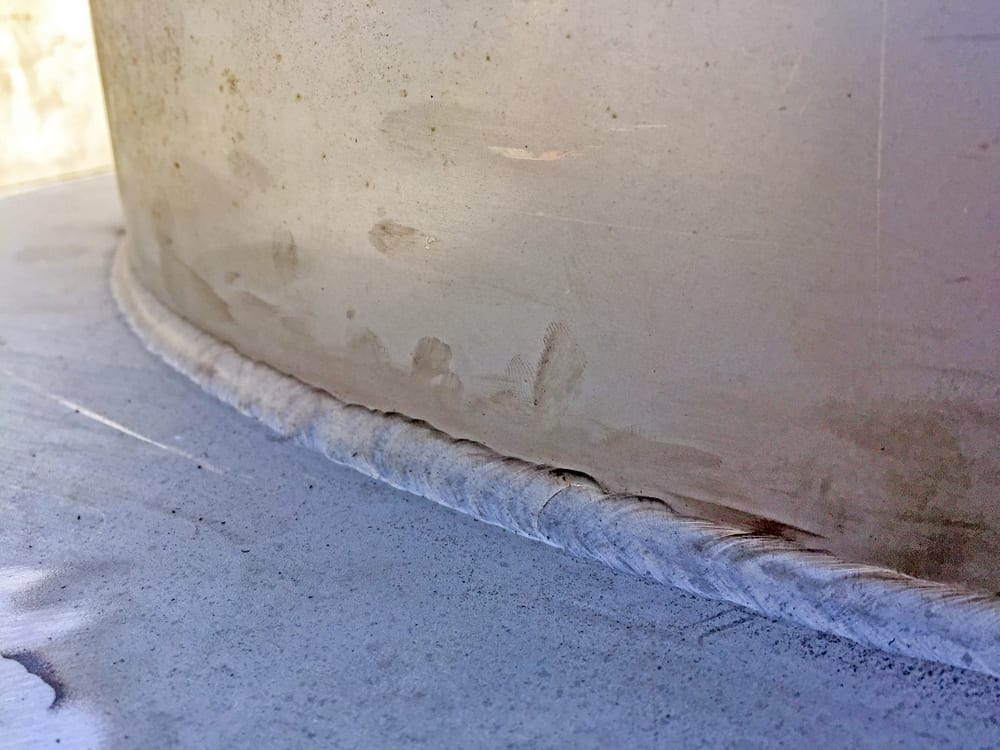Exactly How to Avoid Weld Undercut: Crucial Tips for Welders
A Comprehensive Guide to Identifying, Averting, and Mending Undercut Welding Troubles in Your Welding Tasks
In the realm of welding, running into undercut issues is a common challenge that can compromise the architectural integrity and overall top quality of your welding projects. Stay tuned as we explore the necessary elements of recognizing, stopping, and fixing undercut welding problems, offering you with useful insights and strategies to boost your welding abilities to the next level.
Common Reasons of Undercut Welding
Undercut welding, an usual problem in welding processes, can be created by different elements that need to be thoroughly recognized and addressed to ensure the integrity of the weld joint. Among the primary reasons for undercut welding is excessive warmth input. When the welding criteria, such as voltage, current, or take a trip speed, are not correctly established, an excessive amount of warmth can be generated. This excess heat brings about the melting and subsequent removal of the base material along the edges of the weld joint, producing a groove known as undercut.
An additional typical reason of undercut welding is improper welding method. Determining these root causes and implementing restorative procedures is crucial in preventing and remedying undercut welding problems in welding projects.
Identifying Undercut in Welds

To determine undercut precisely, appropriate lighting and magnifying devices are vital to inspect the weld joint extensively. Making use of devices such as a welding scale or a magnifying glass can help in finding also the smallest undercut imperfections. Additionally, running a finger or a finger nail along the weld joint can occasionally expose undercut, as the surface area might really feel unequal or have a dip where the undercut exists.
Safety Nets for Undercut
Having a deep understanding of the root causes of undercut in welds enables the application of reliable safety nets to preserve weld quality and honesty. One vital safety net is appropriate weld joint prep work. Guaranteeing that the edges are clean, devoid of impurities, and properly beveled can substantially reduce the chance of undercut (Preventing weld undercut). Additionally, picking the appropriate welding criteria, such as voltage, image source existing, and take a trip rate, is essential. These settings need to be maximized to avoid too much warm input, which can result in undercut development.

Strategies for Taking Care Of Undercut

Raising the welding existing or reducing the traveling rate can help load in the undercut. Additionally, altering the welding method from a press to a drag or vice versa can additionally aid minimize undercut.
An additional strategy is to use a weaving motion while welding to make sure appropriate sidewall blend and fill in the undercut. By oscillating the welding arc from side to side within the weld joint, the welder can deposit much more filler material into the undercut locations, efficiently removing the defect.
In addition, grinding out the undercut and rewelding the joint can be a feasible remedy for extra serious undercut issues - Preventing weld undercut. This procedure entails removing the undercut area, preparing the base metal, and after that rewelding the joint with appropriate welding specifications and strategies to avoid undercut from repeating

Specialist Tips for Preventing Undercut
Making use of proper welding techniques and keeping control over essential welding parameters are essential methods for welders aiming to protect against undercut in their weld joints. Furthermore, choosing the suitable welding process and filler visit this page metal for the particular application can assist avoid undercut. Keeping a regular travel rate throughout the welding procedure is another essential idea to prevent undercut.
Final Thought
To conclude, identifying, stopping, and taking care of undercut welding issues in your welding projects is important for ensuring durable and solid welds. Preventing weld undercut. By recognizing the typical causes of undercut, being able to determine it in welds, executing preventive steps, and making use of correct techniques for fixing undercut, you can stay clear of prospective issues and create high-grade welds. Adhering to expert suggestions for staying clear of undercut can assist you improve your welding skills and create far better outcomes in your tasks
Undercut welding, a typical concern in welding processes, can be triggered by different you could try here aspects that require to be carefully determined and dealt with to ensure the integrity of the weld joint. Furthermore, running a finger or a finger nail along the weld joint can sometimes reveal undercut, as the surface area may really feel uneven or have a dip where the undercut exists.
Utilizing correct welding methods and maintaining control over essential welding parameters are critical strategies for welders aiming to avoid undercut in their weld joints.In final thought, determining, protecting against, and dealing with undercut welding issues in your welding tasks is vital for making certain solid and durable welds. By comprehending the typical causes of undercut, being able to determine it in welds, executing preventive measures, and utilizing proper methods for repairing undercut, you can avoid possible concerns and produce top quality welds.